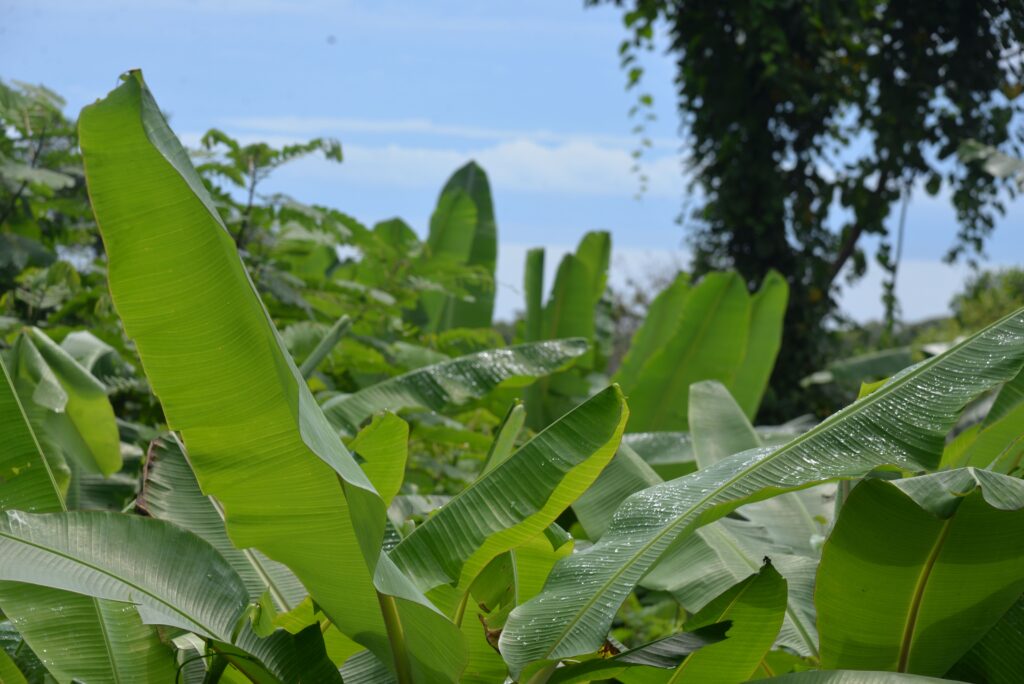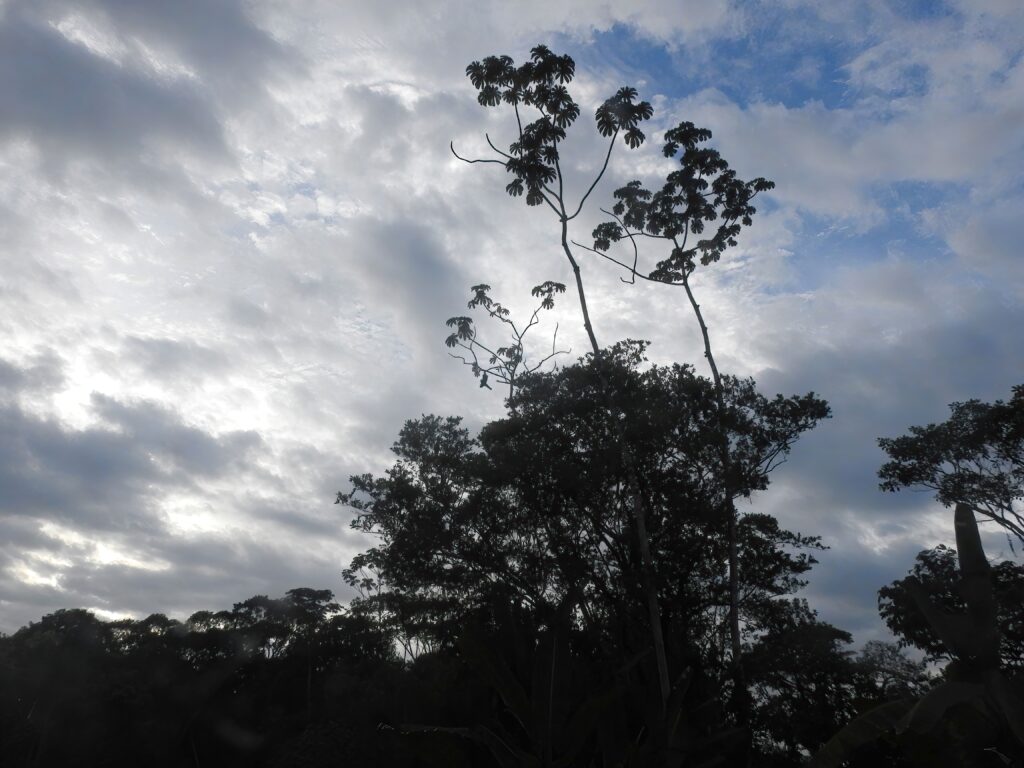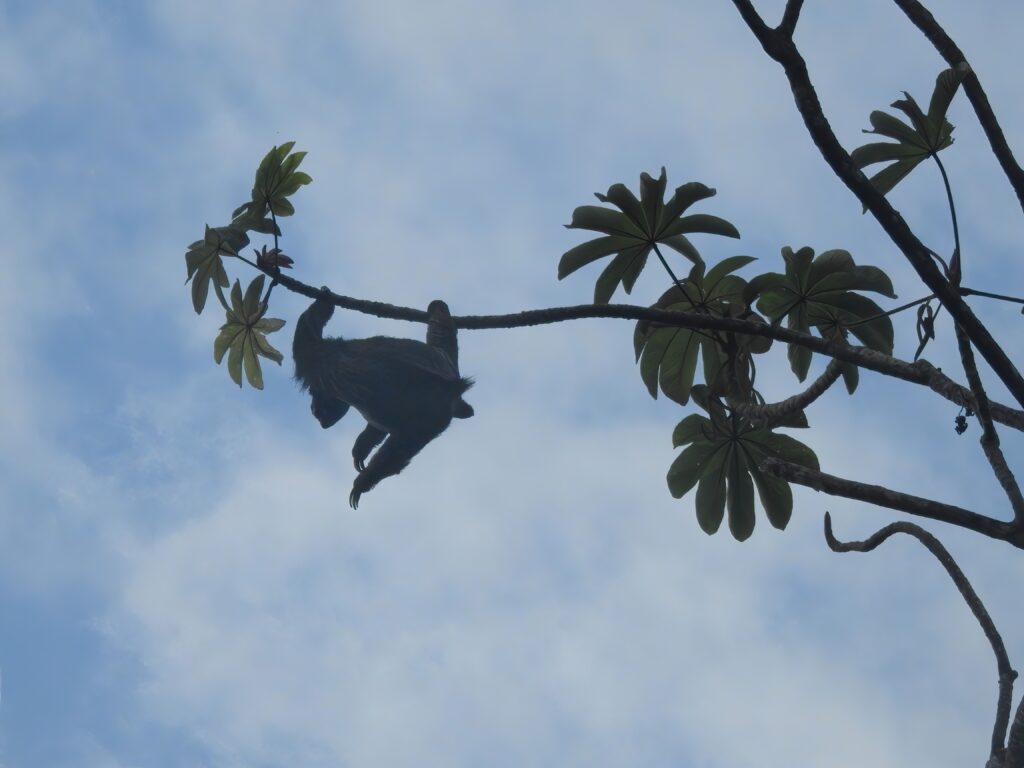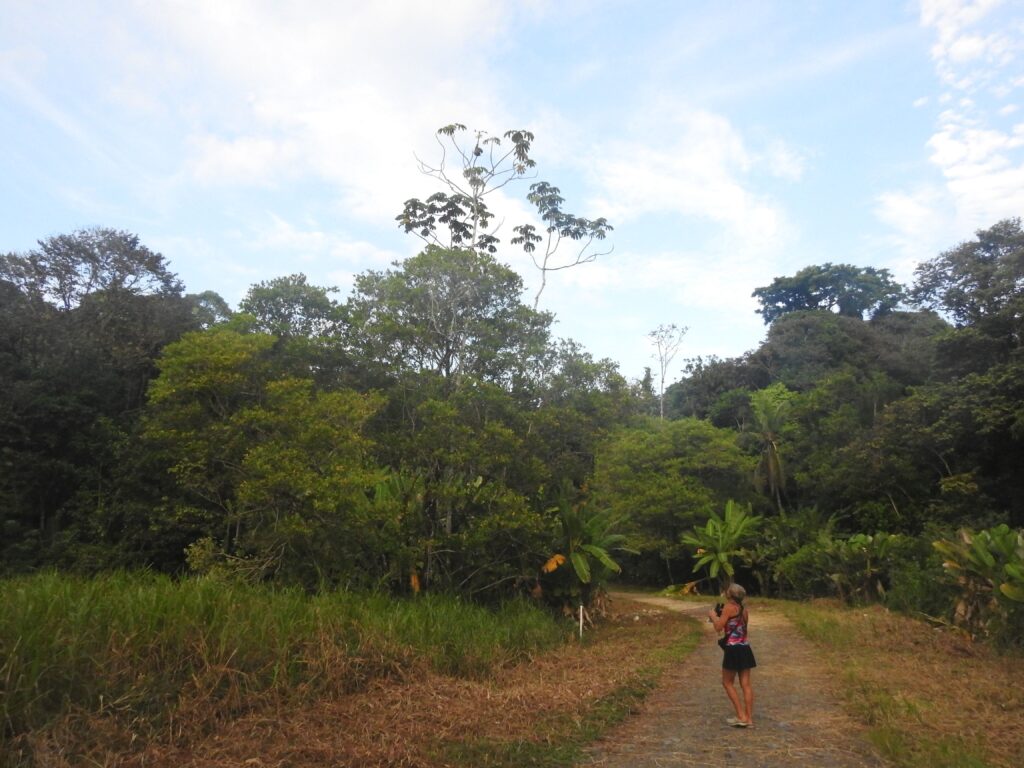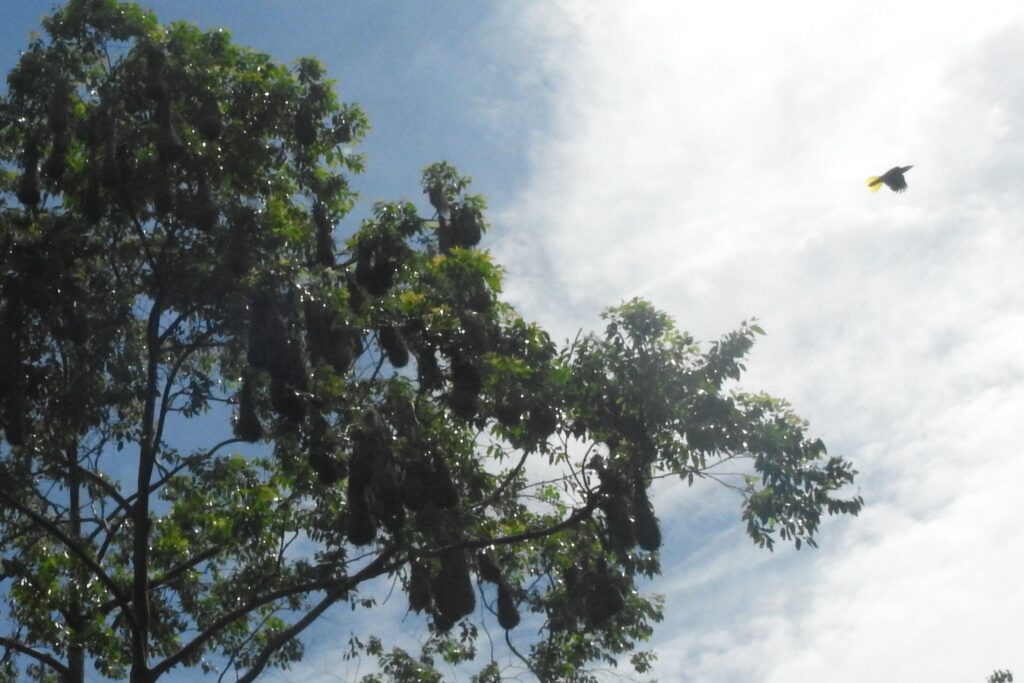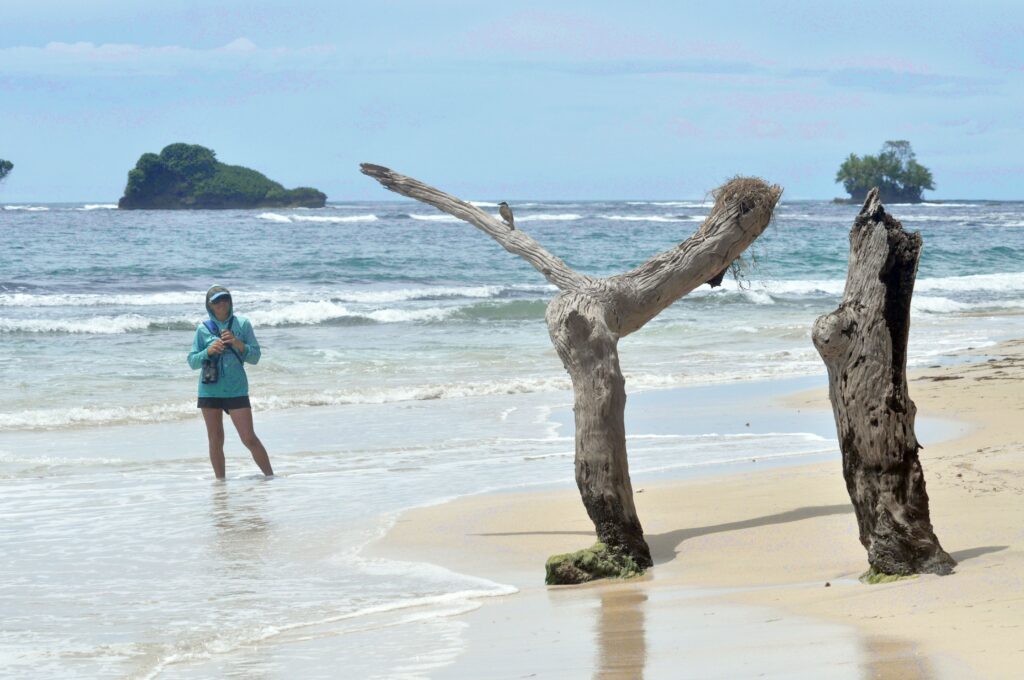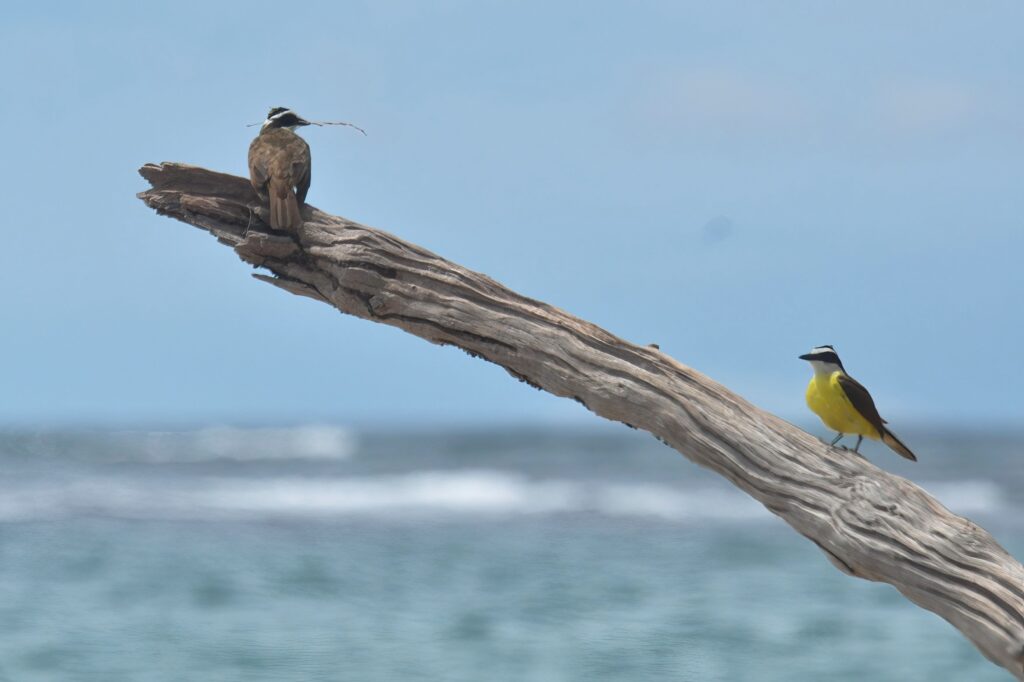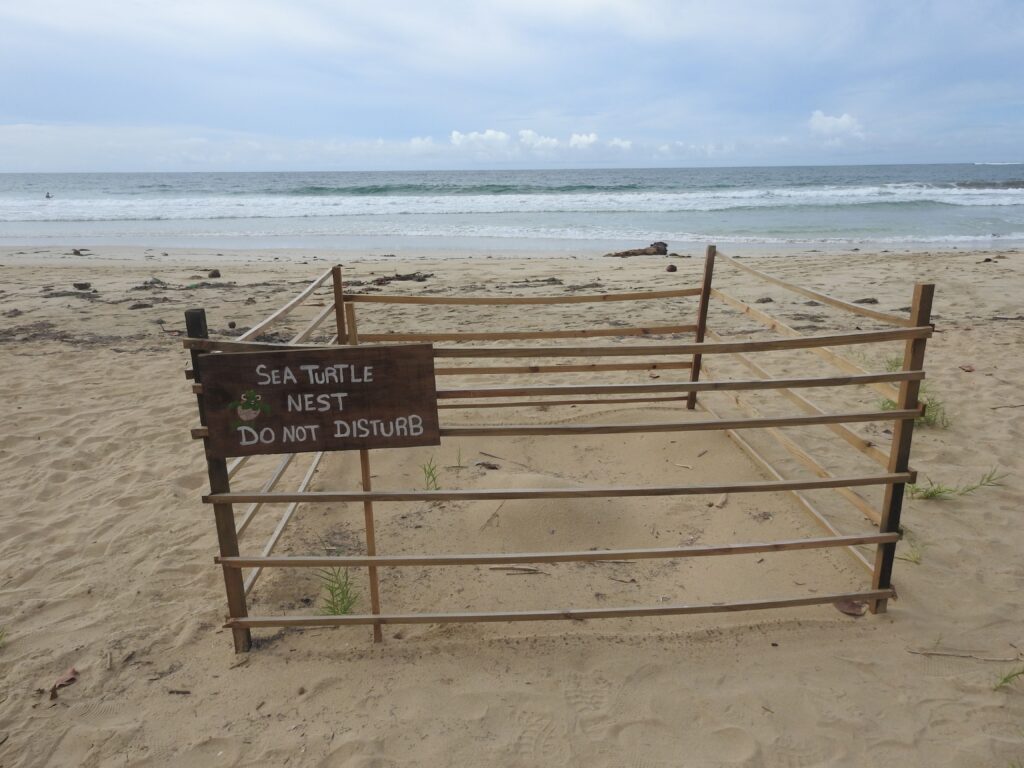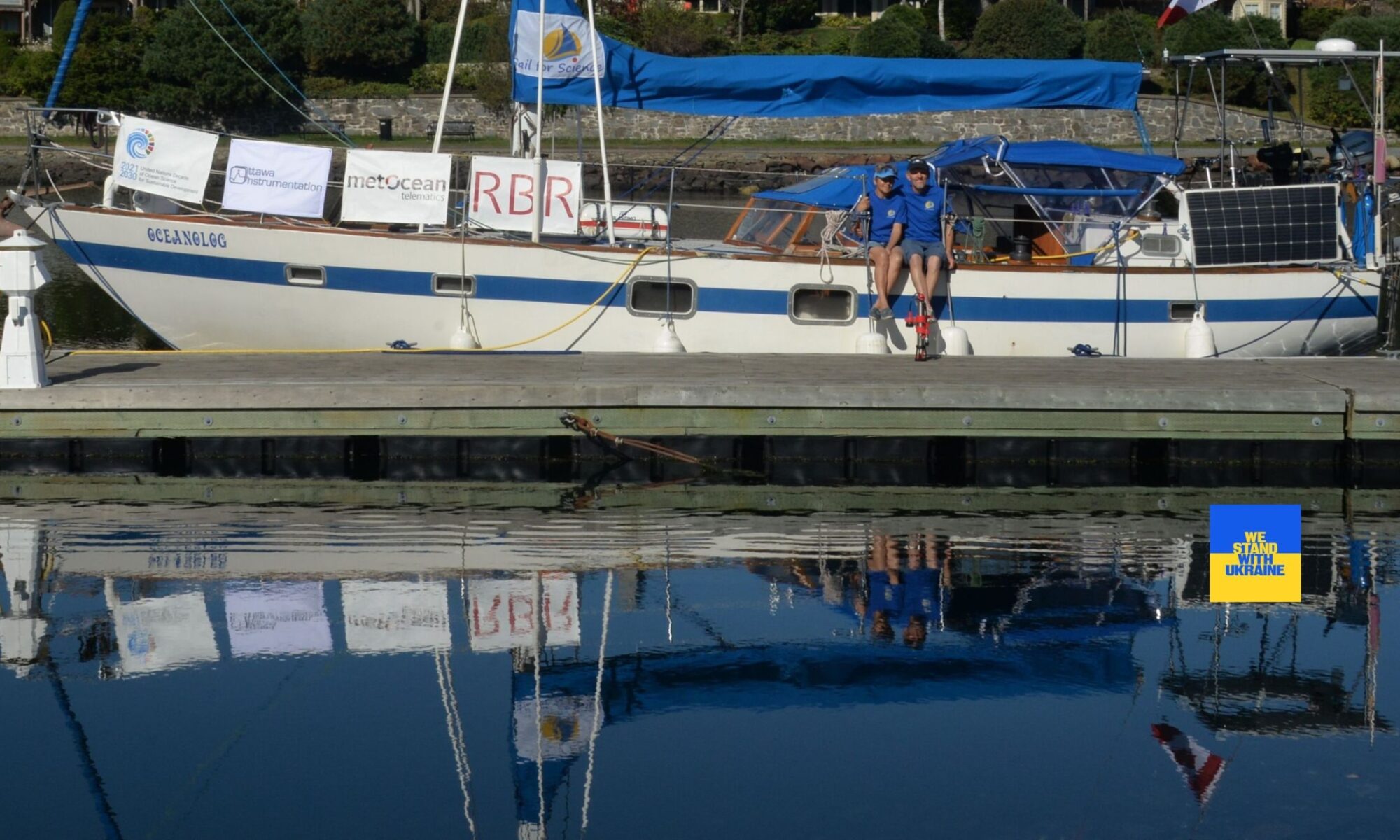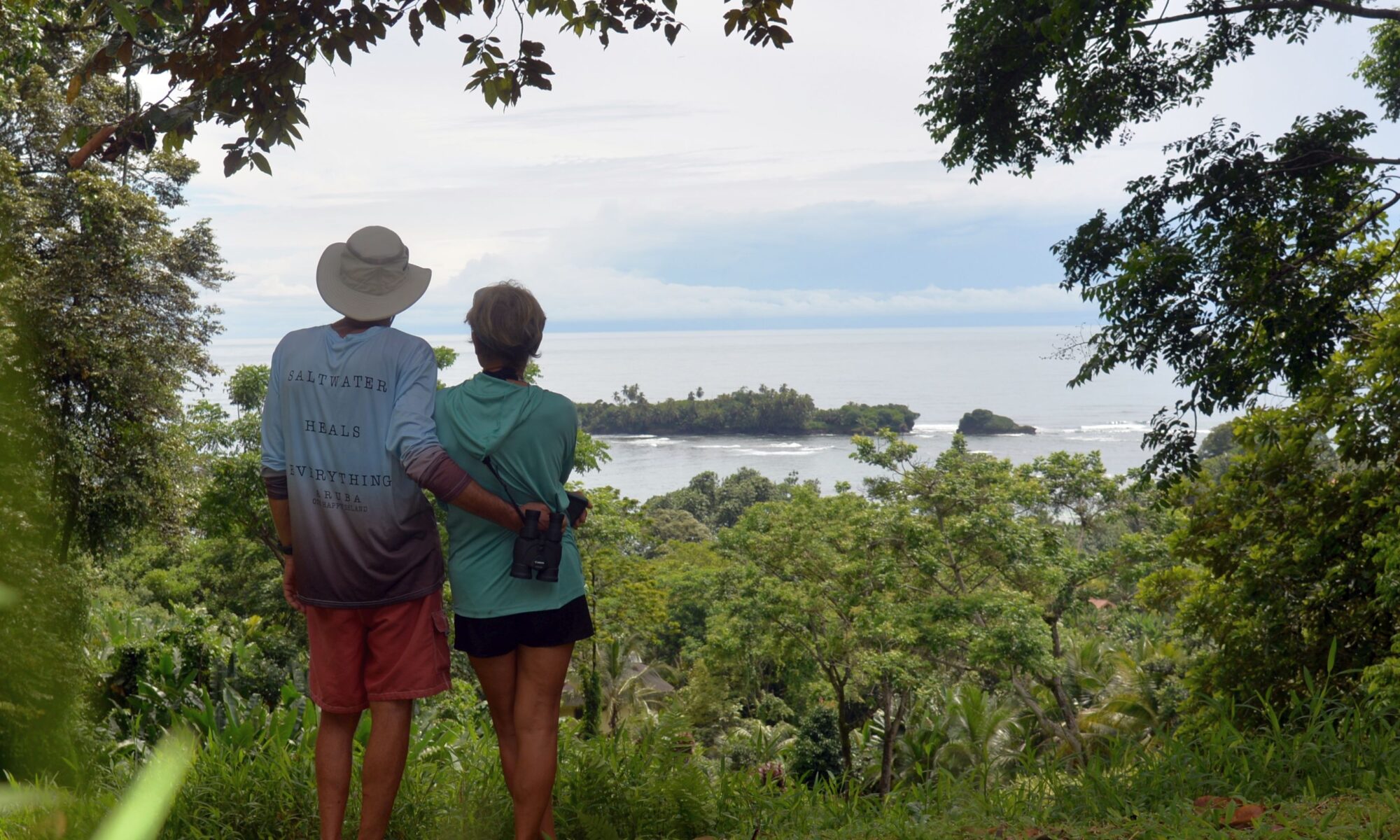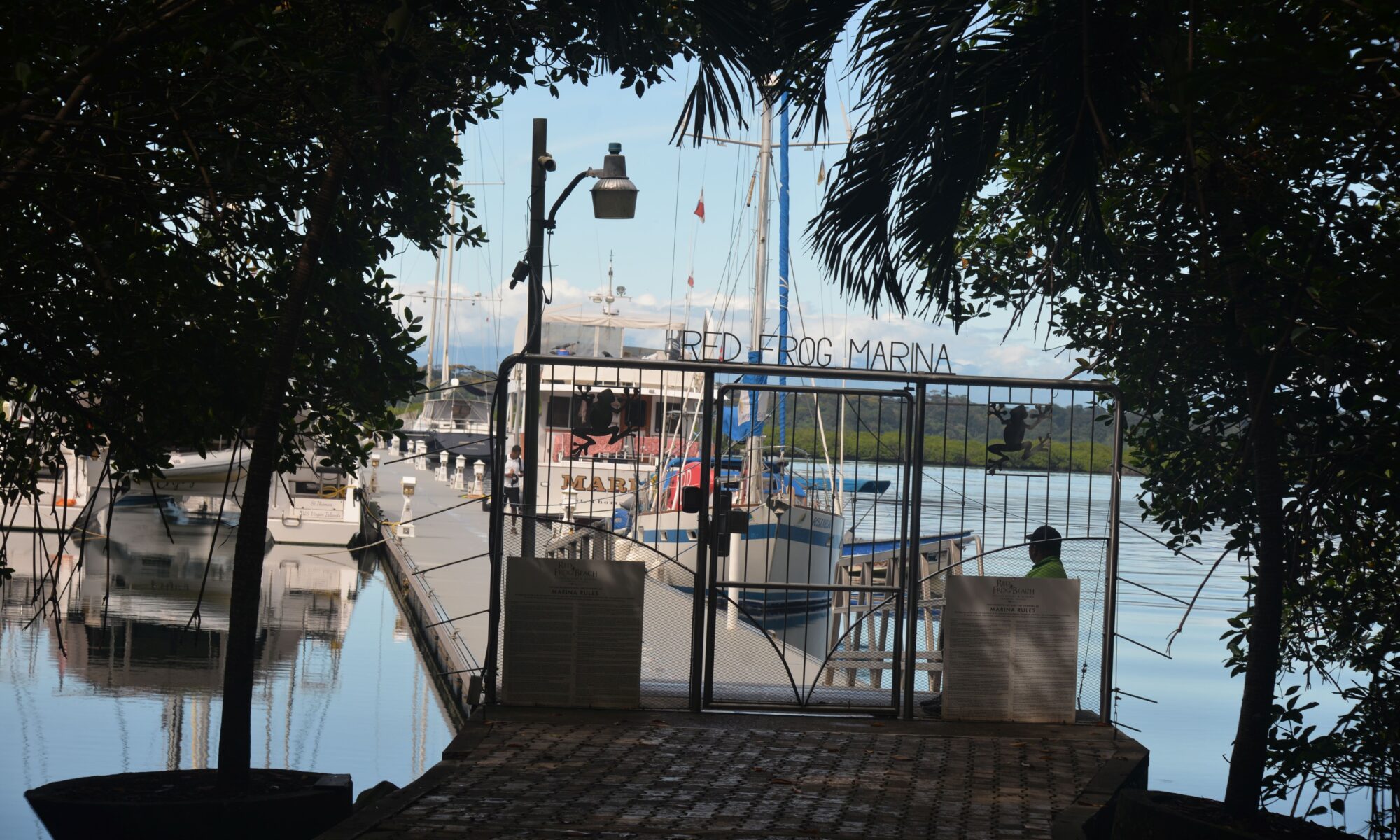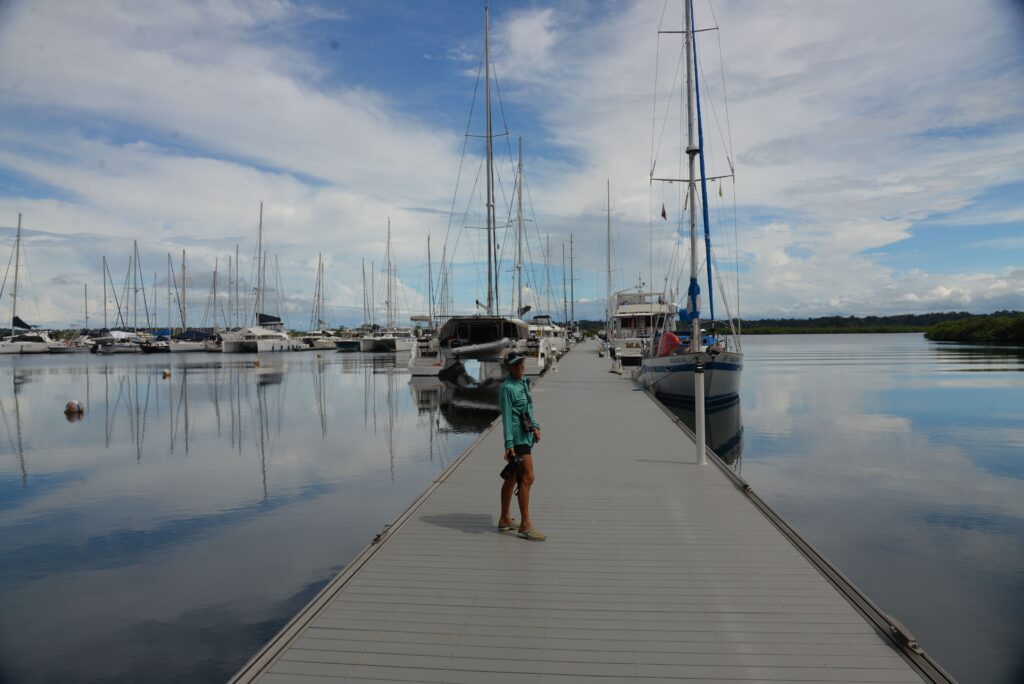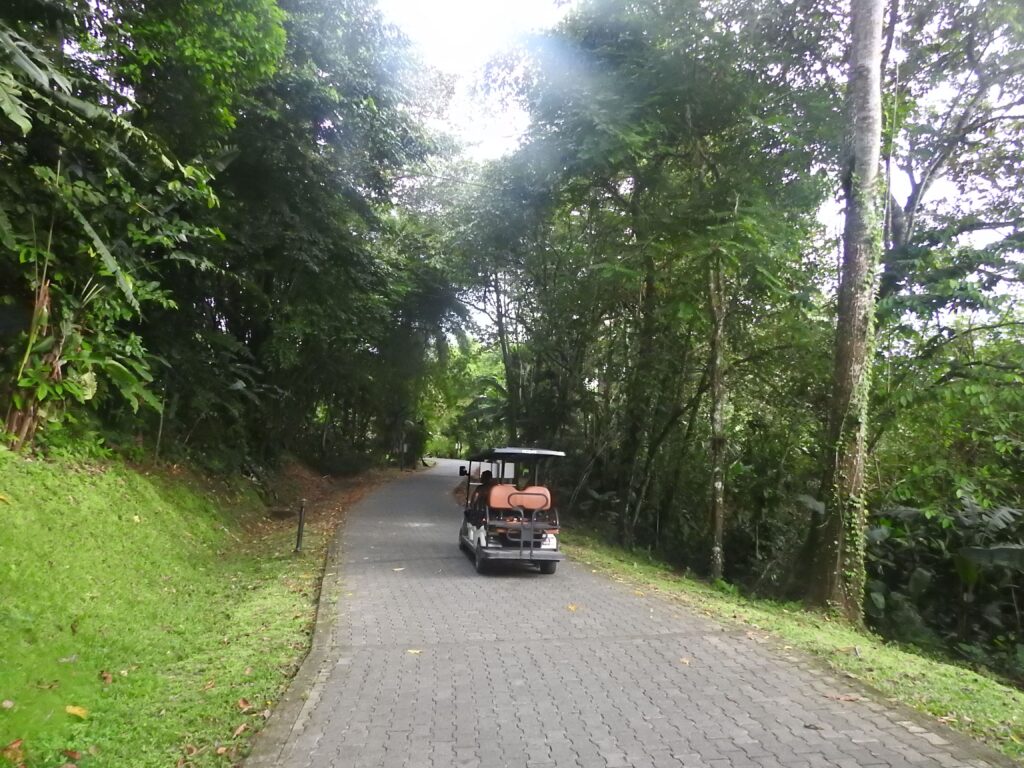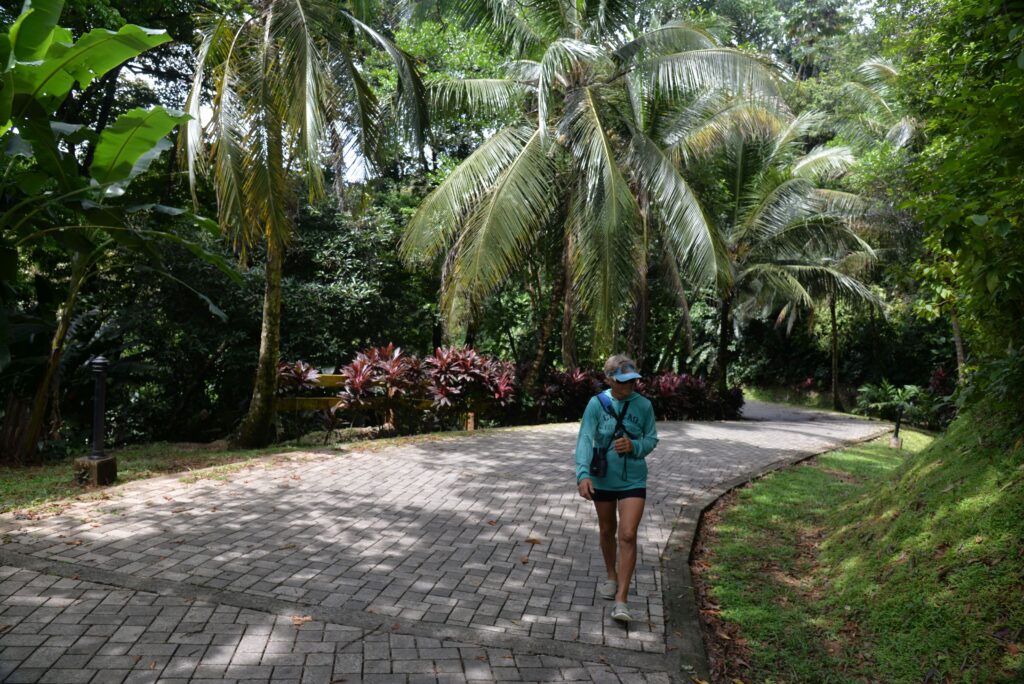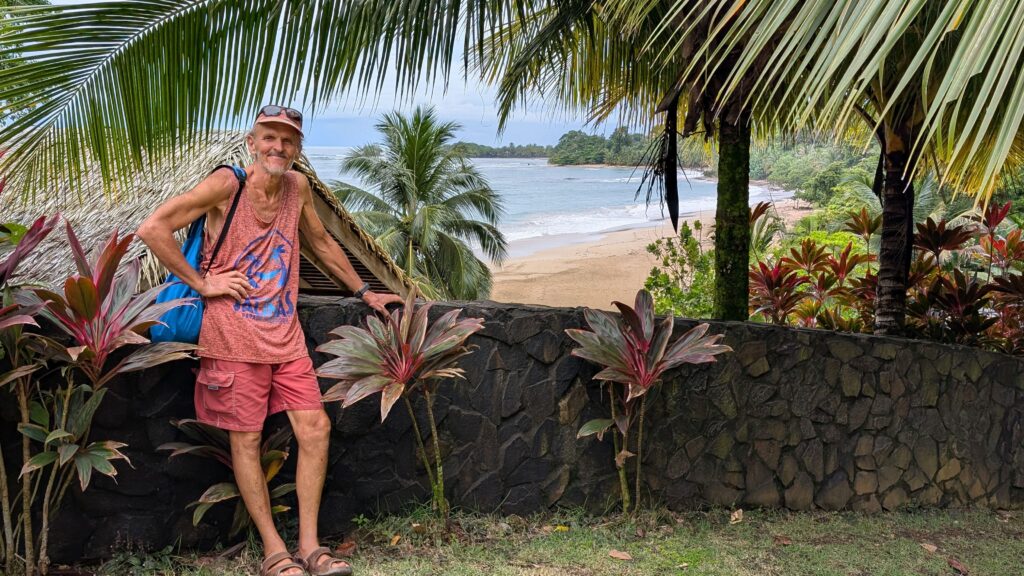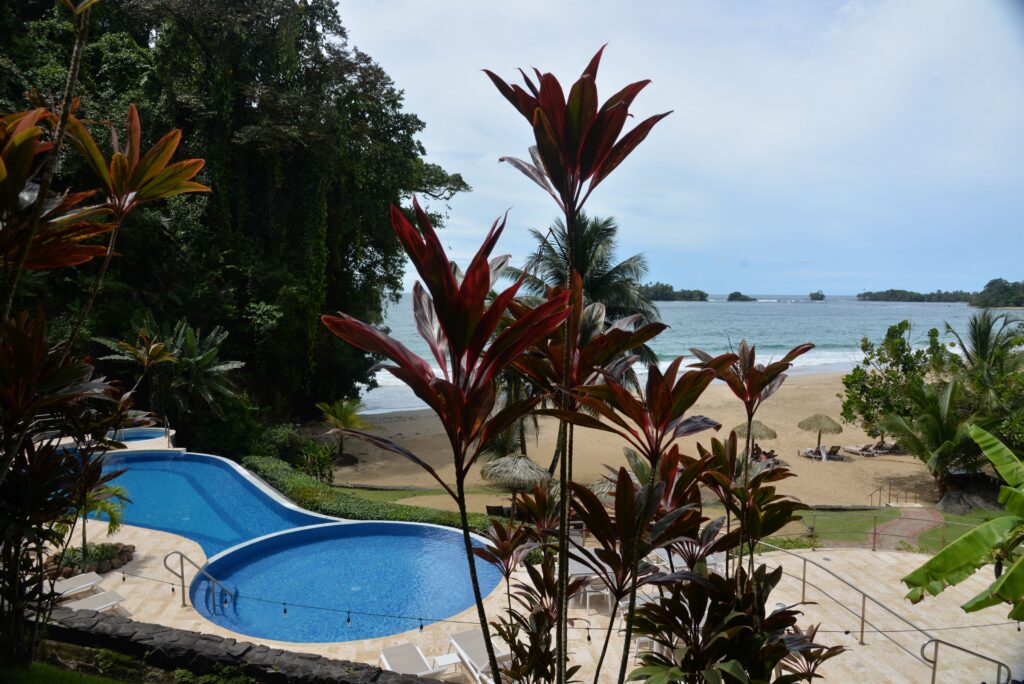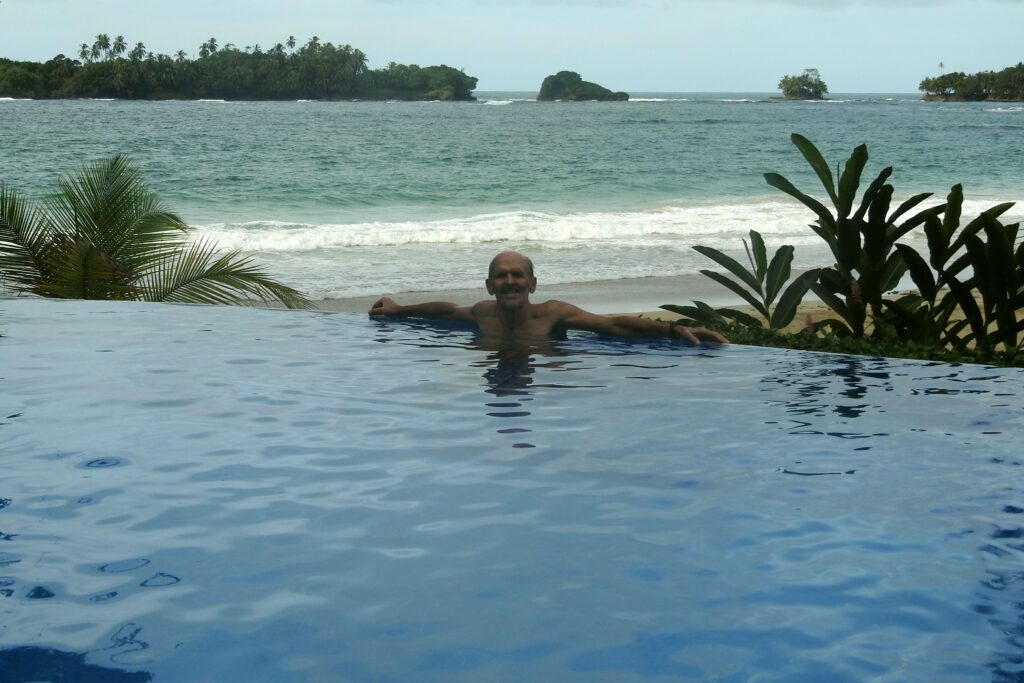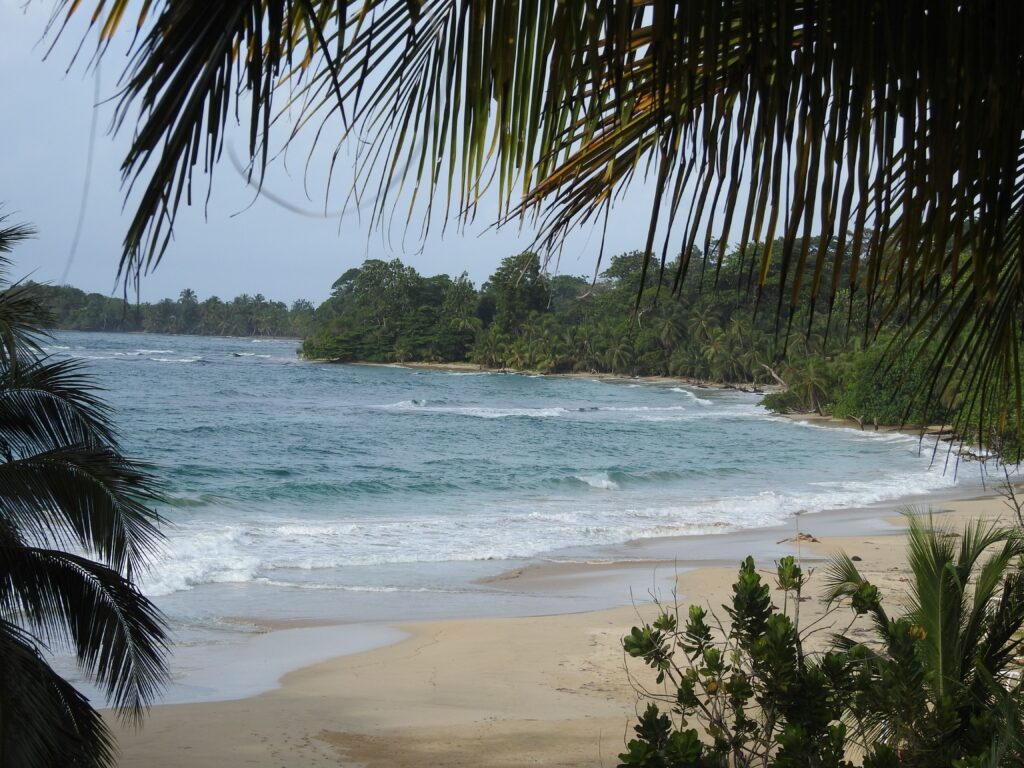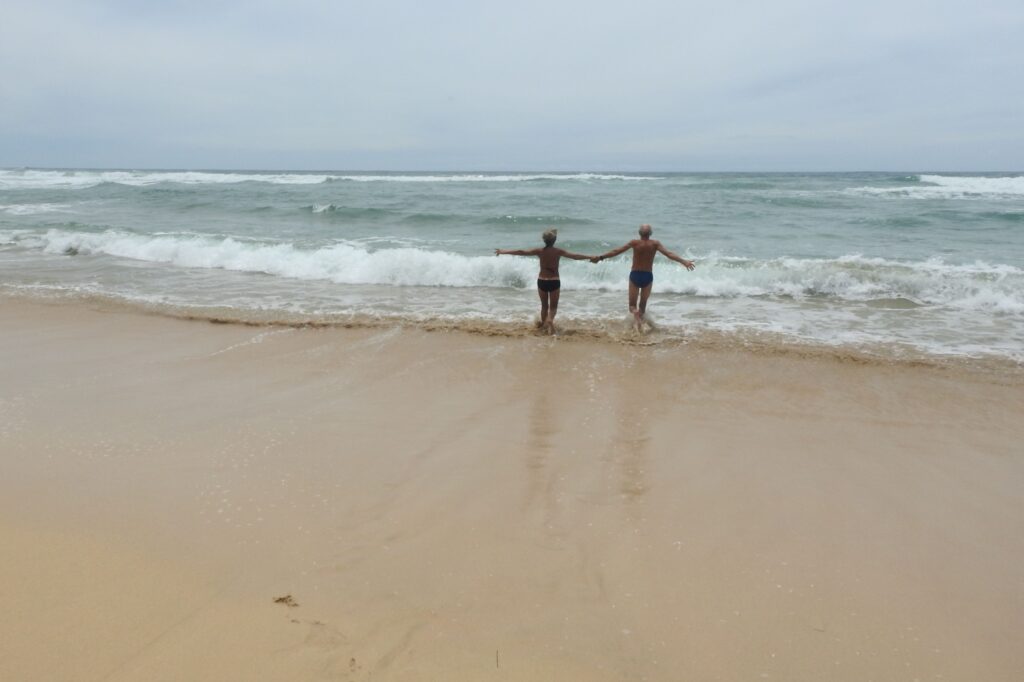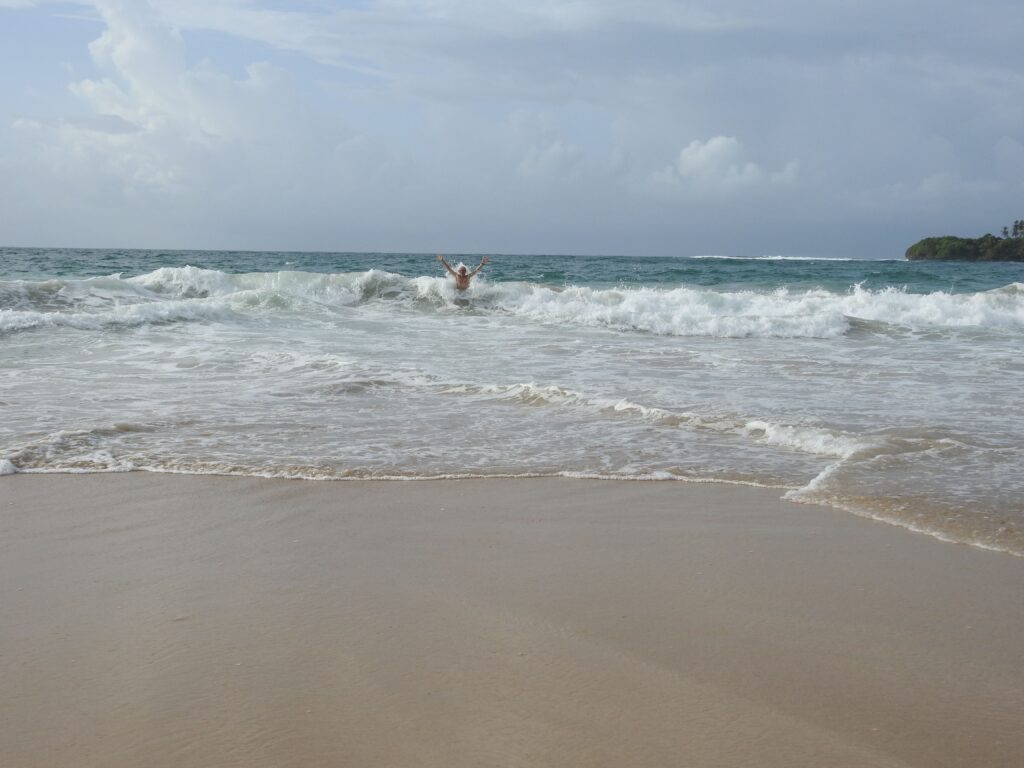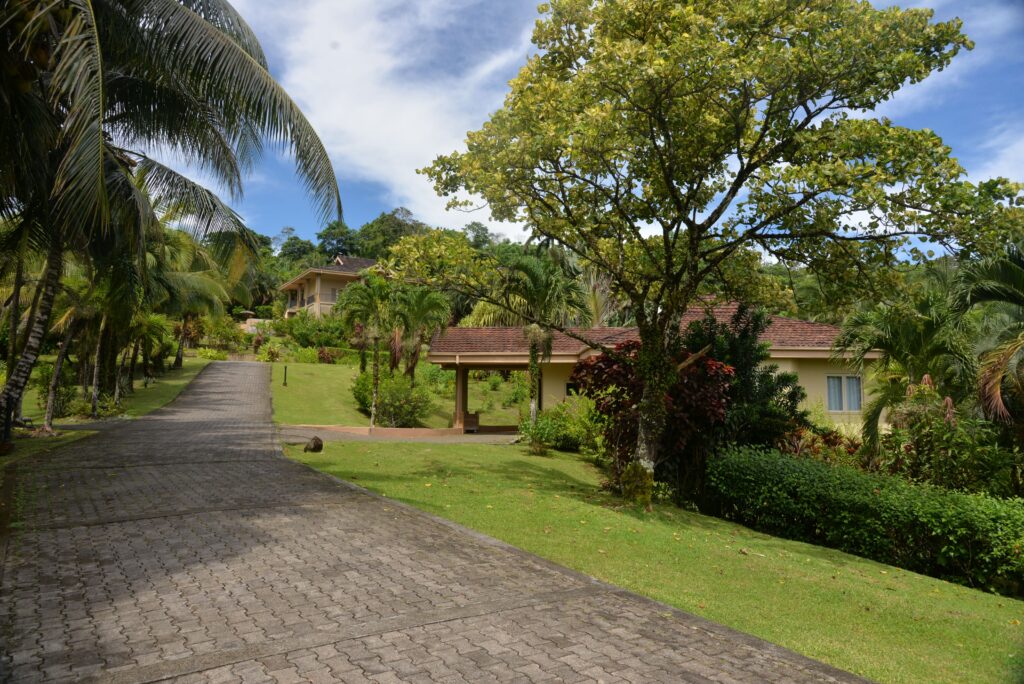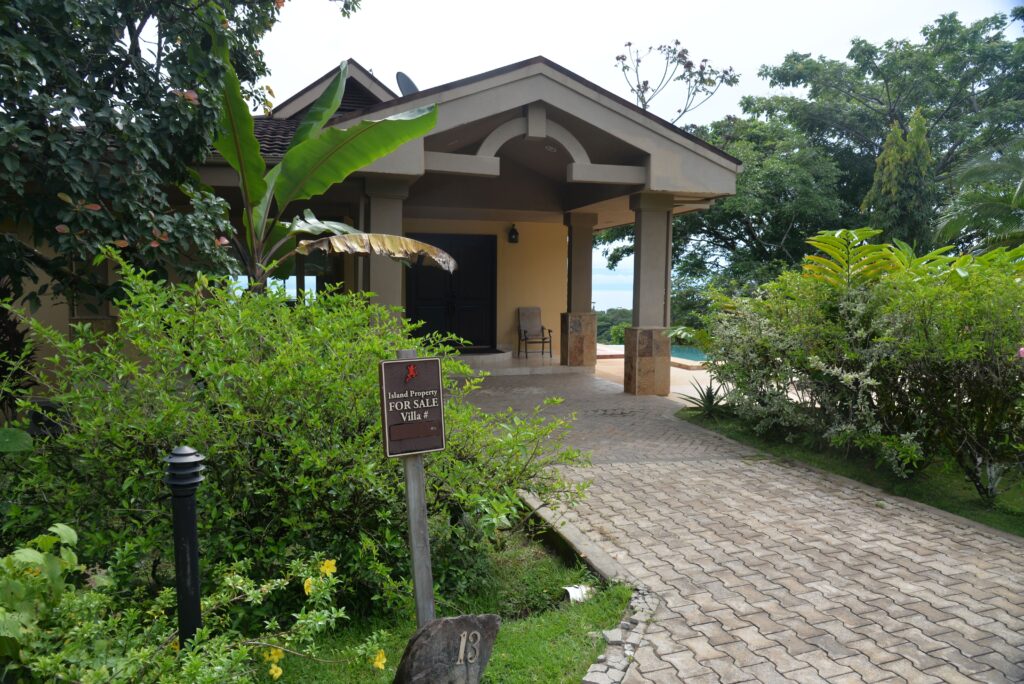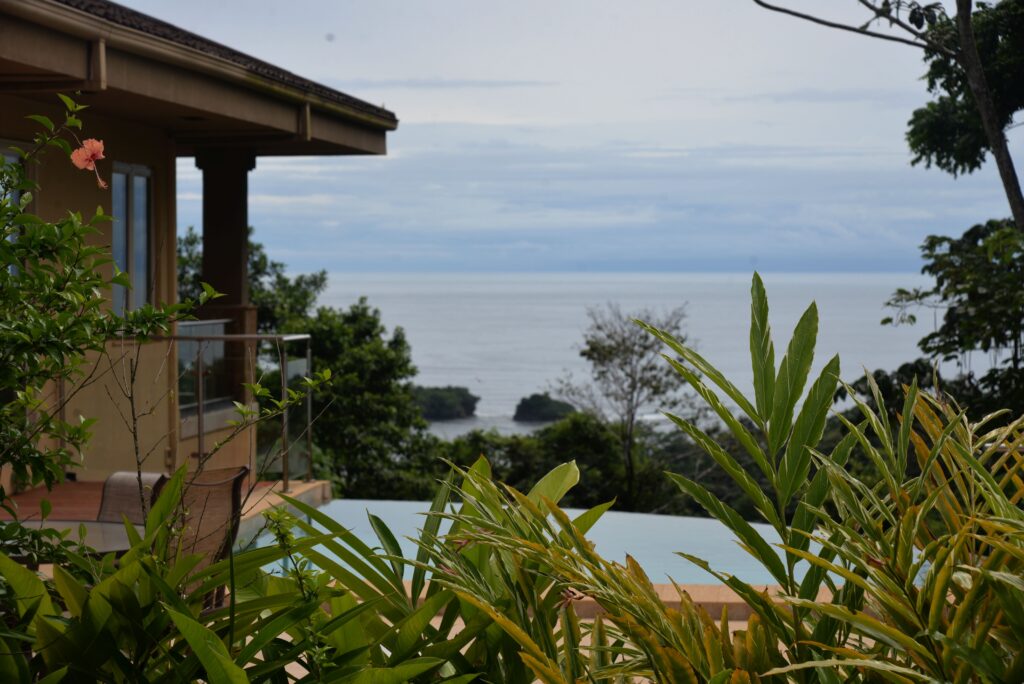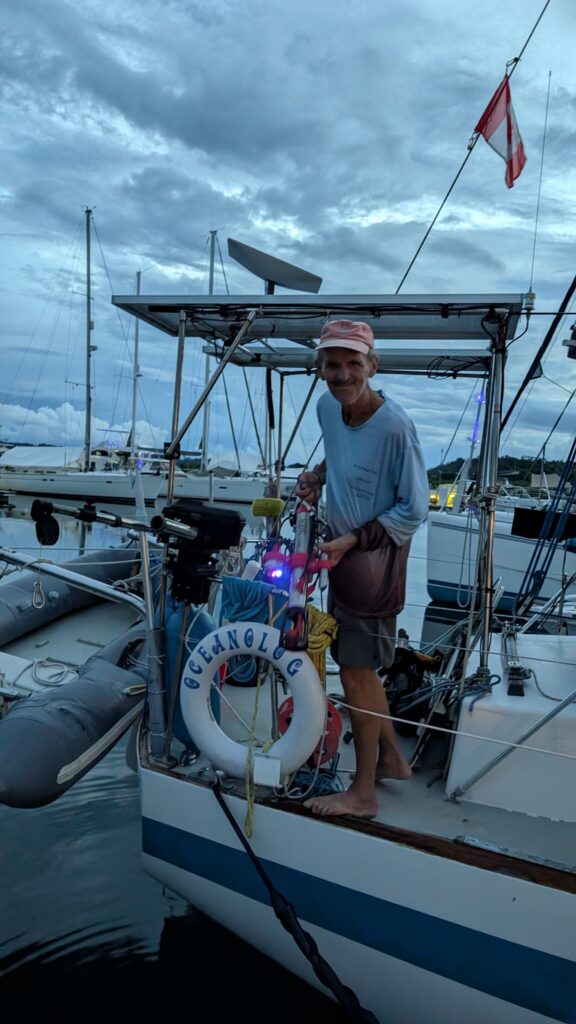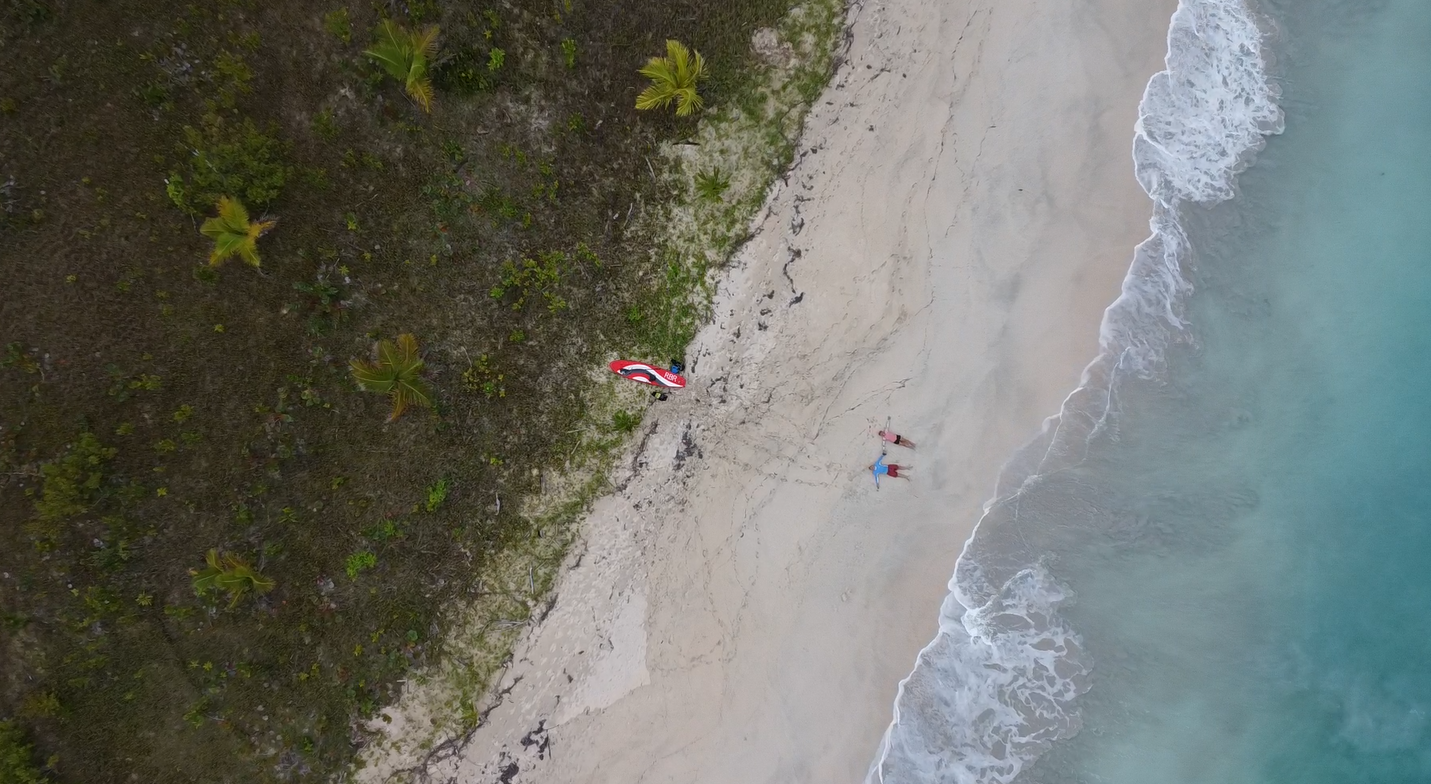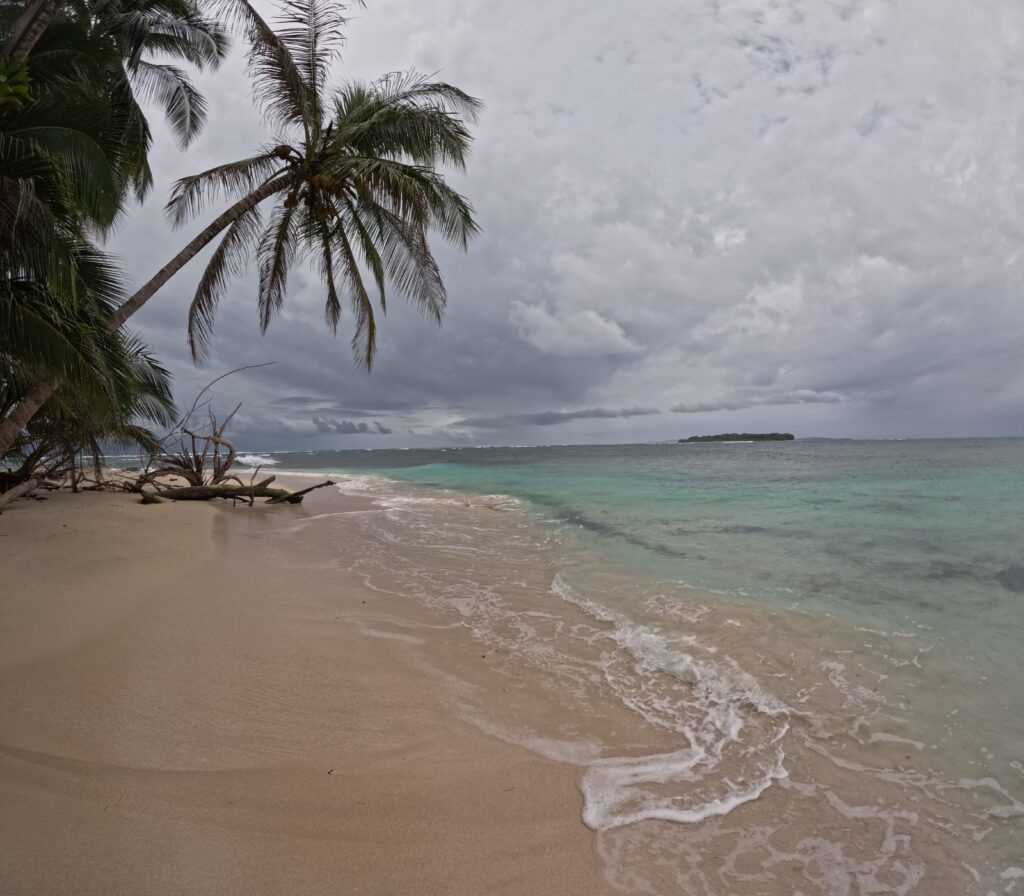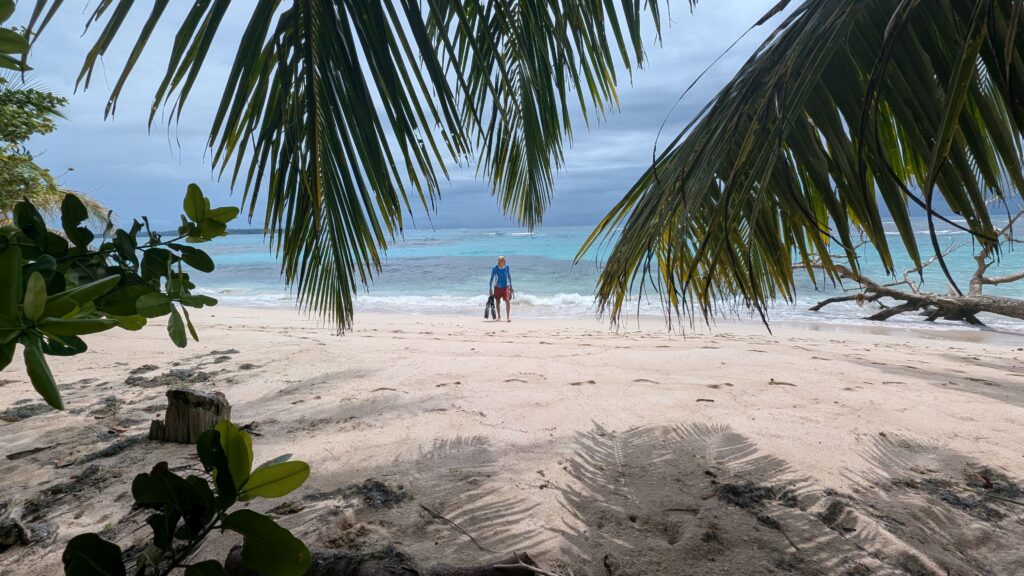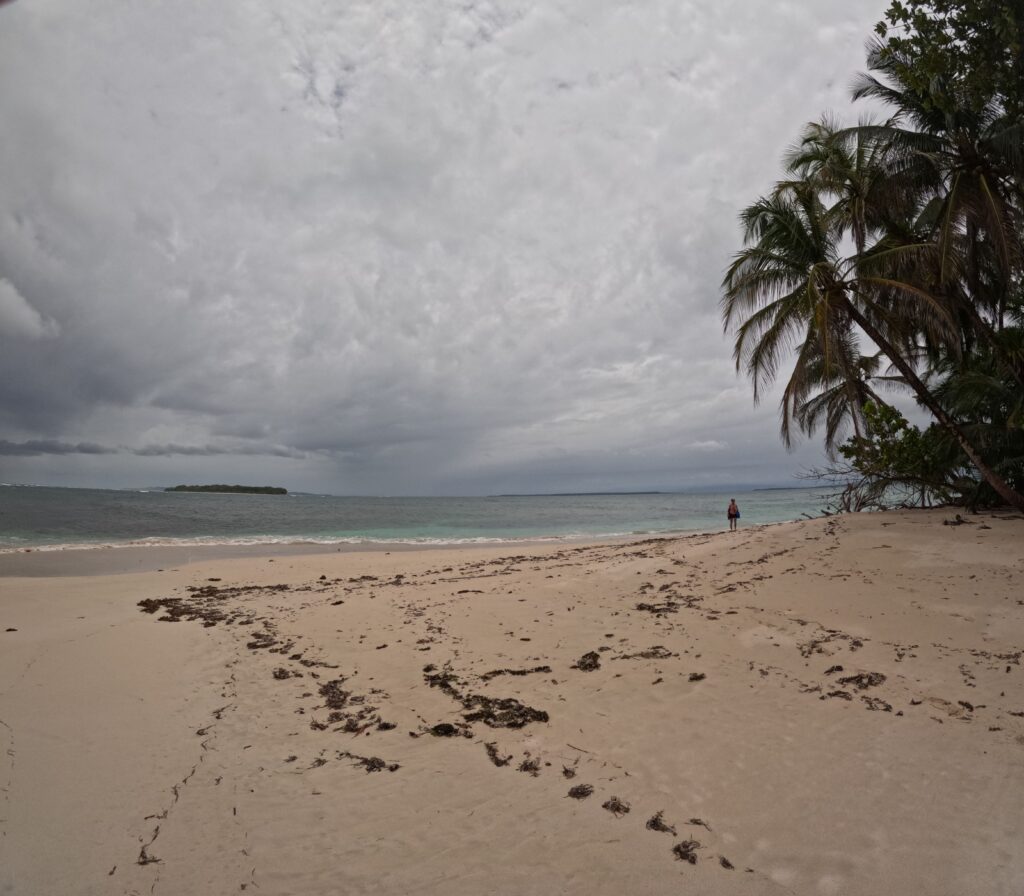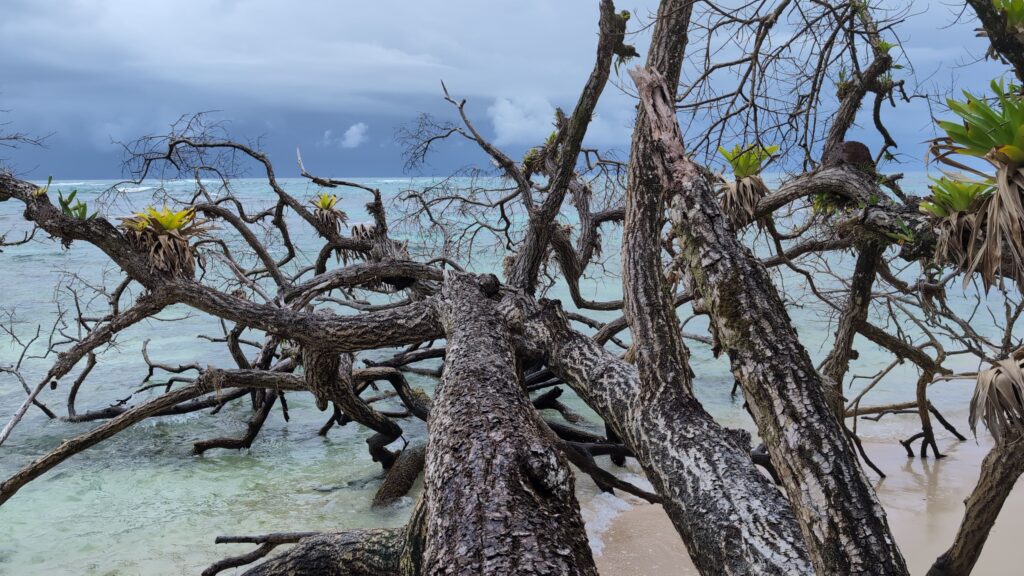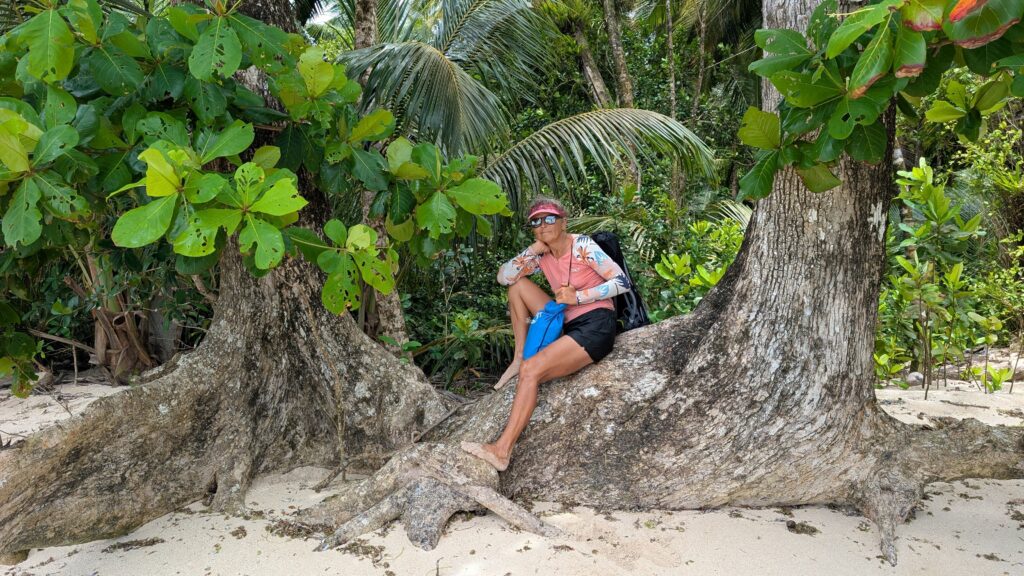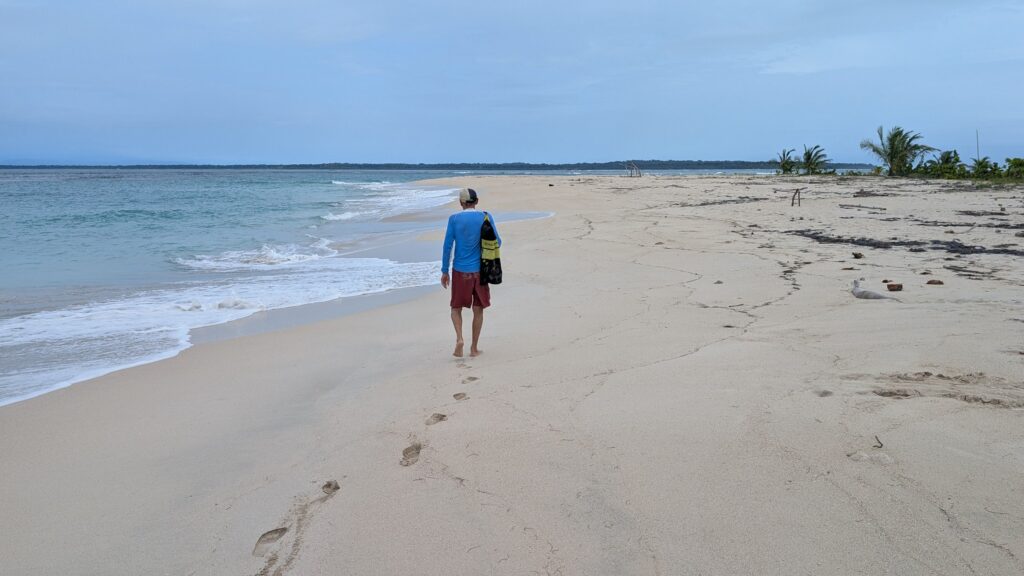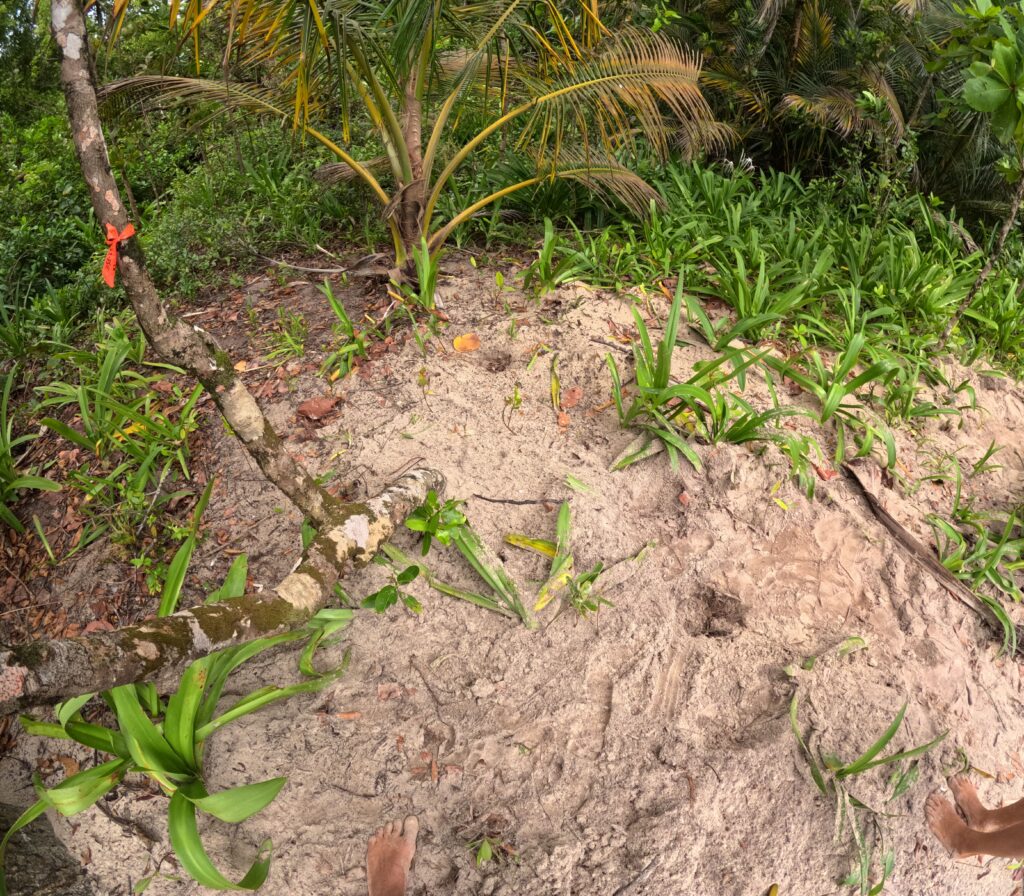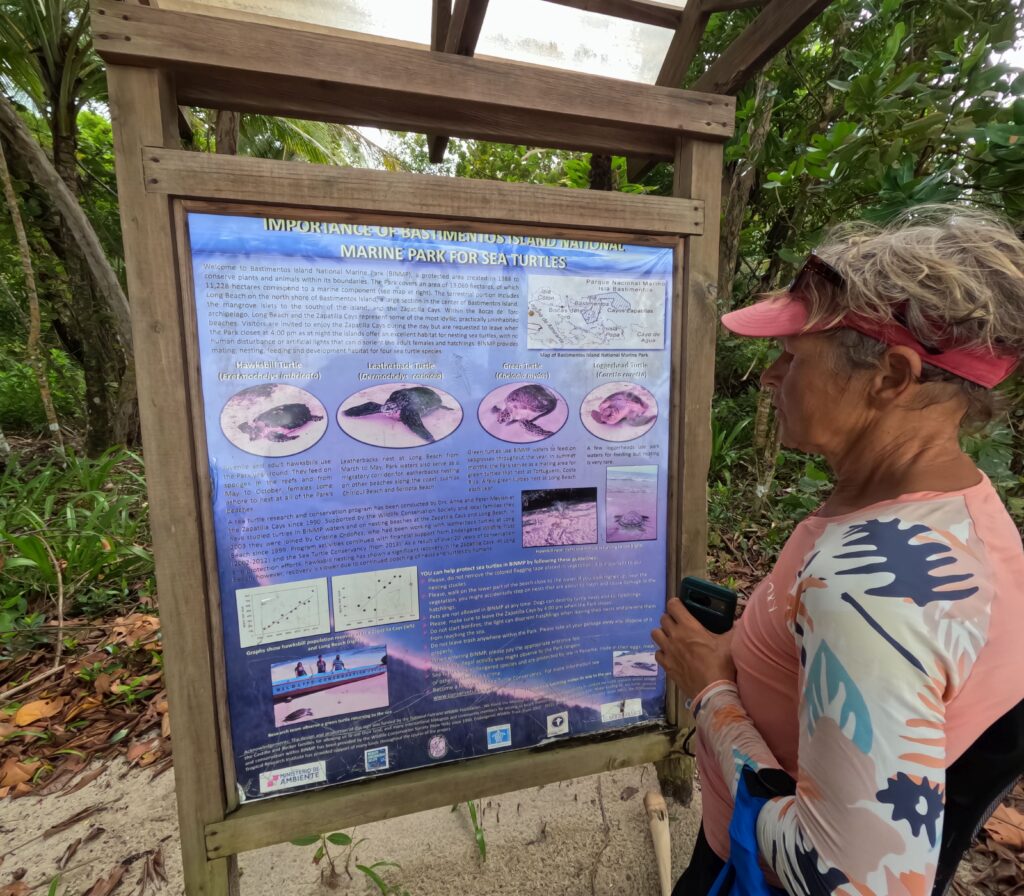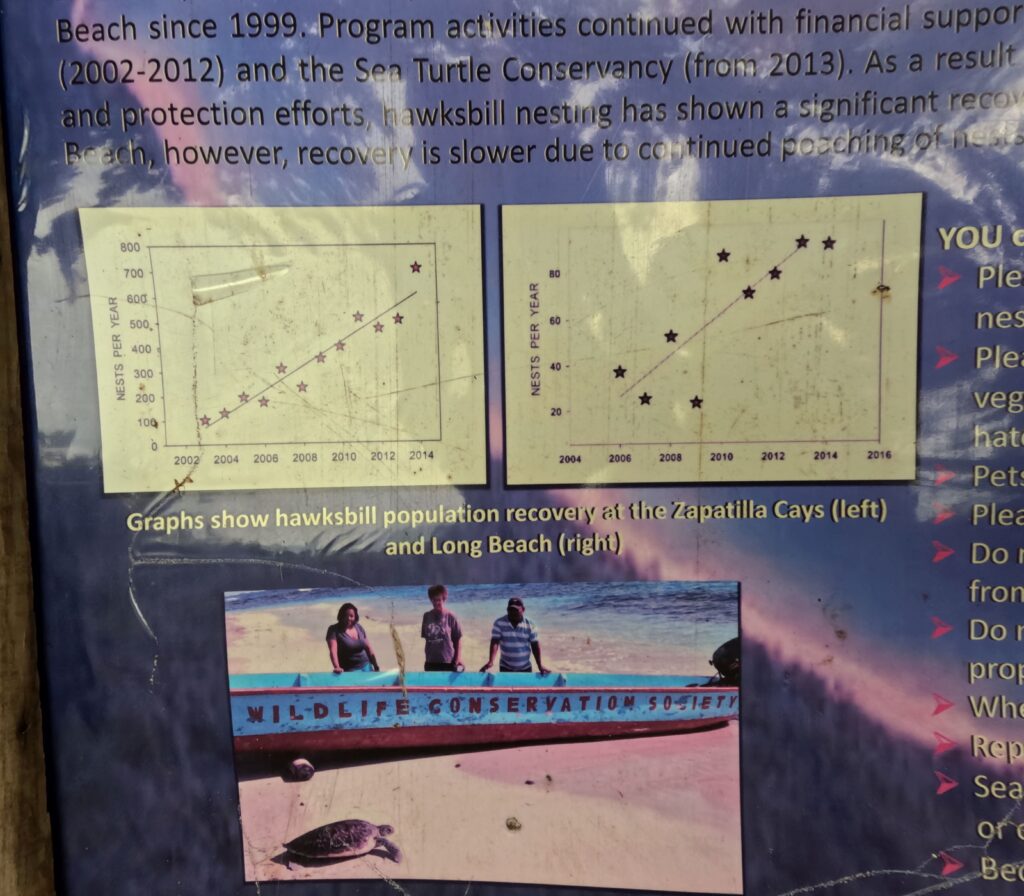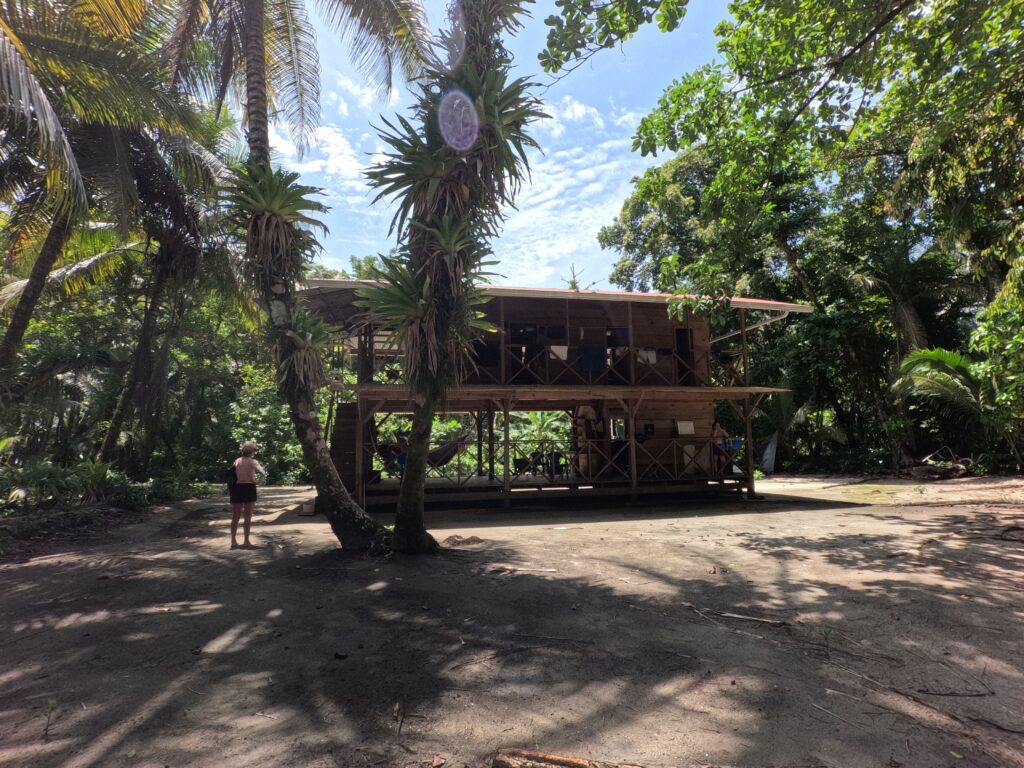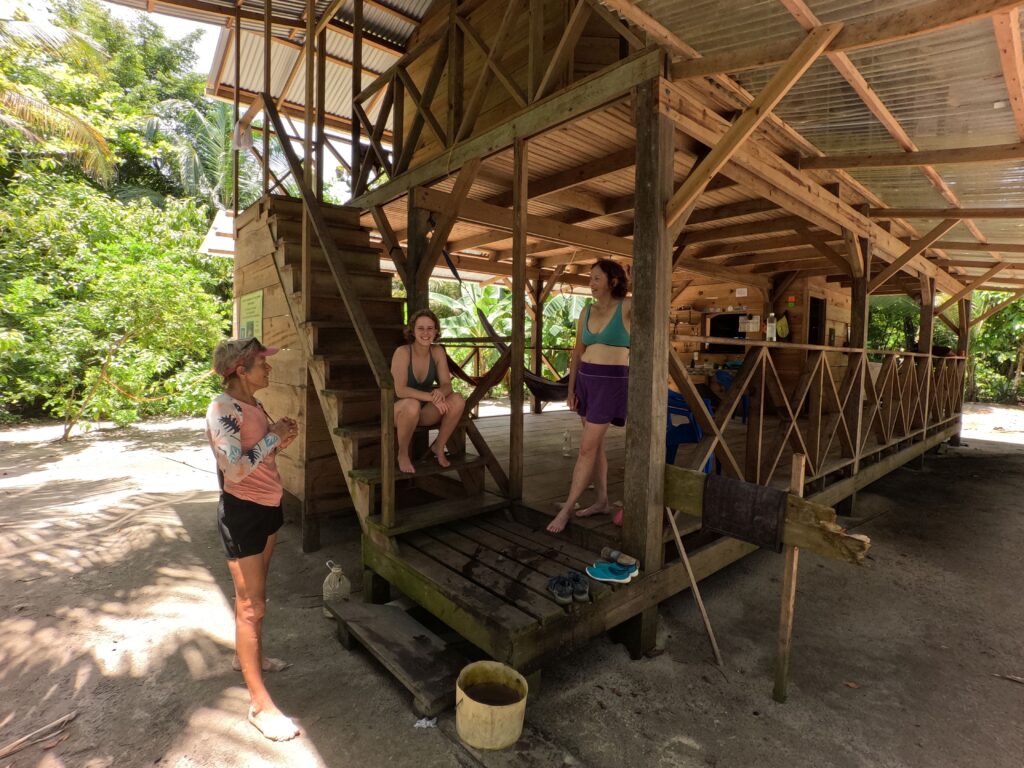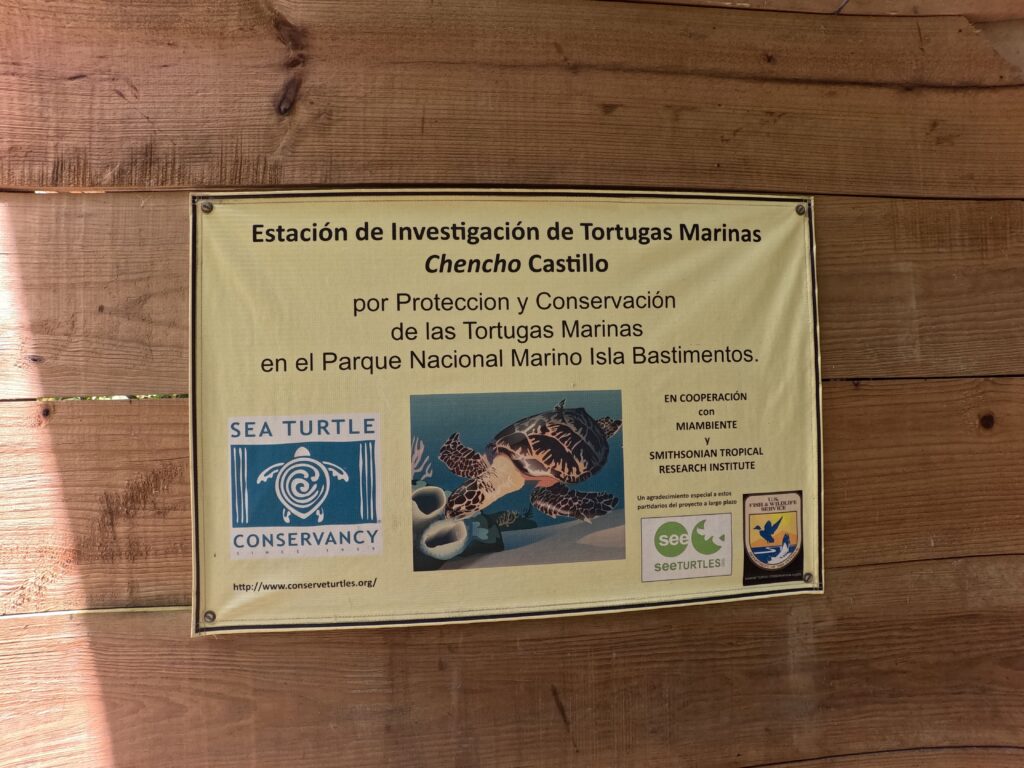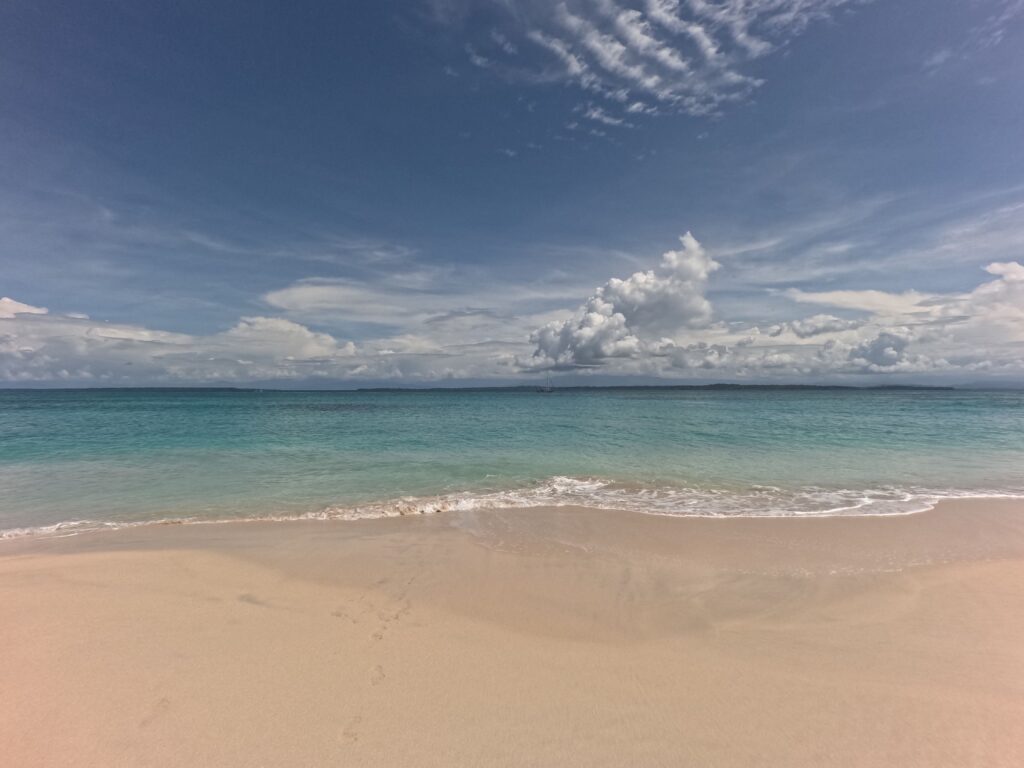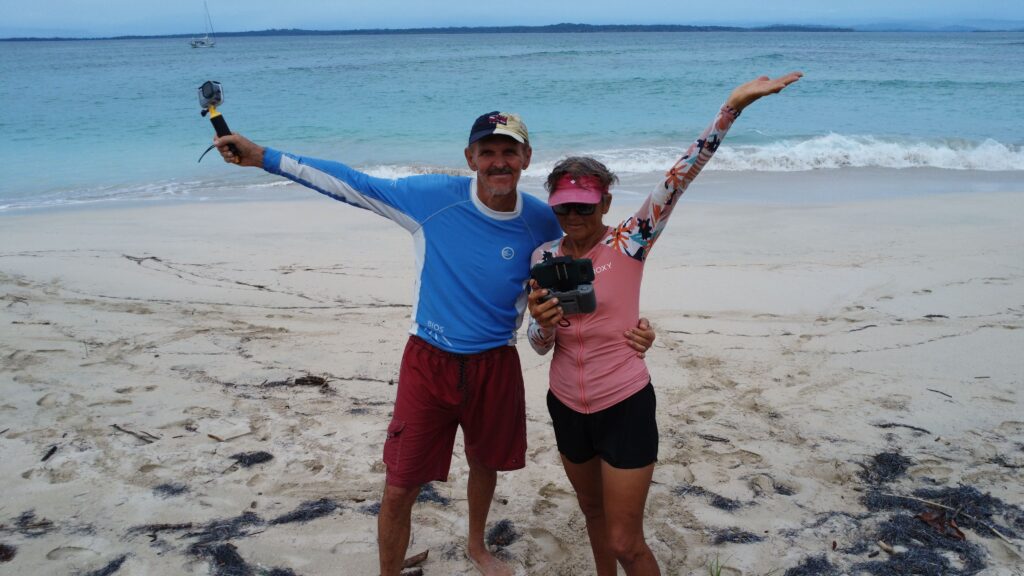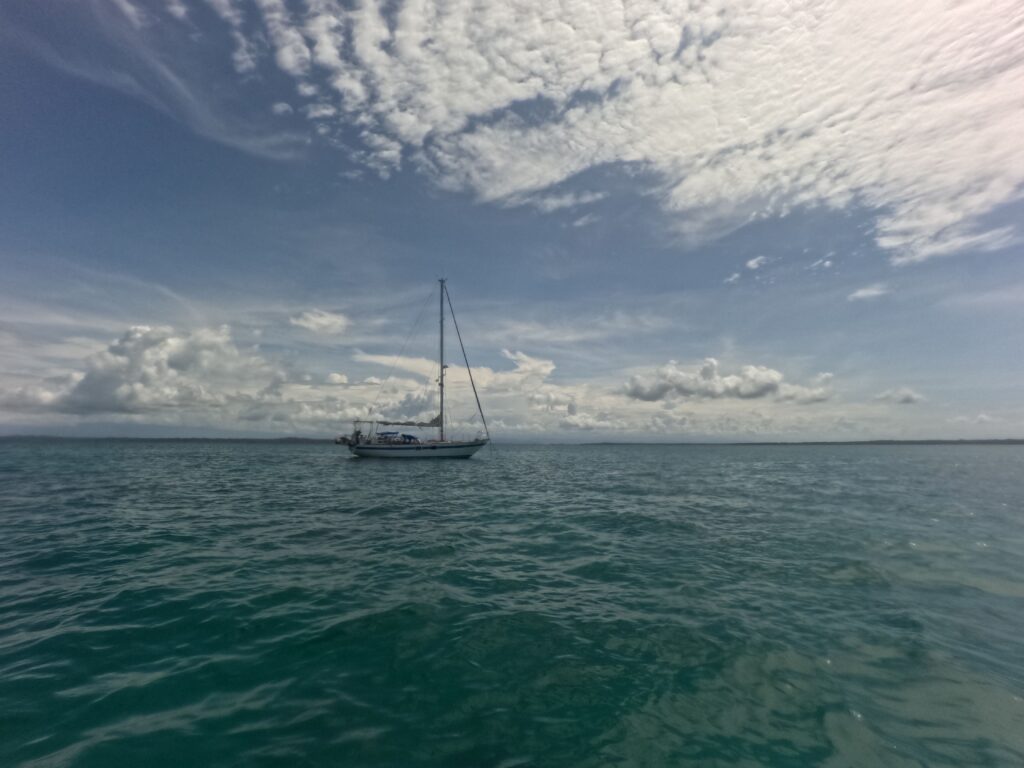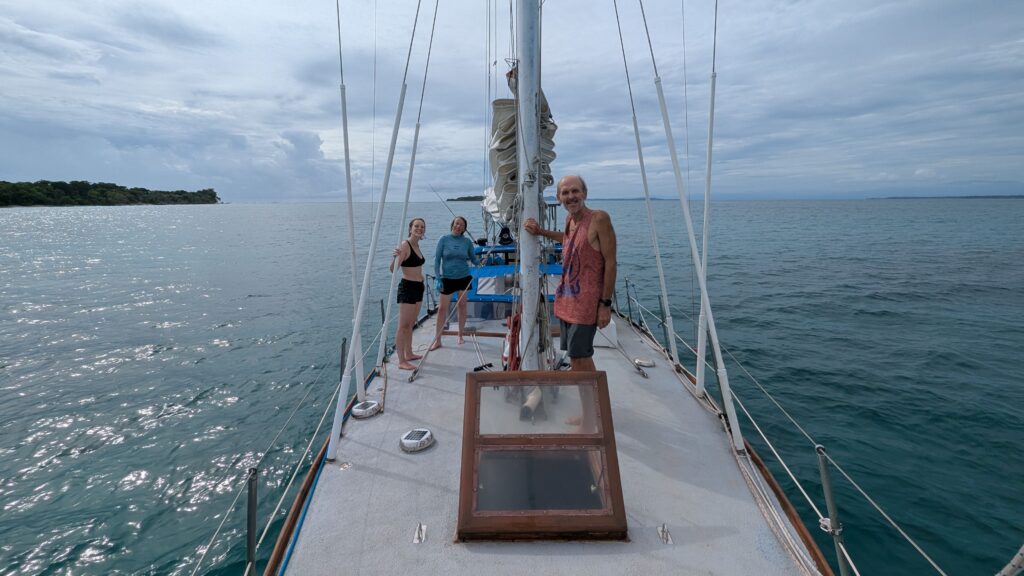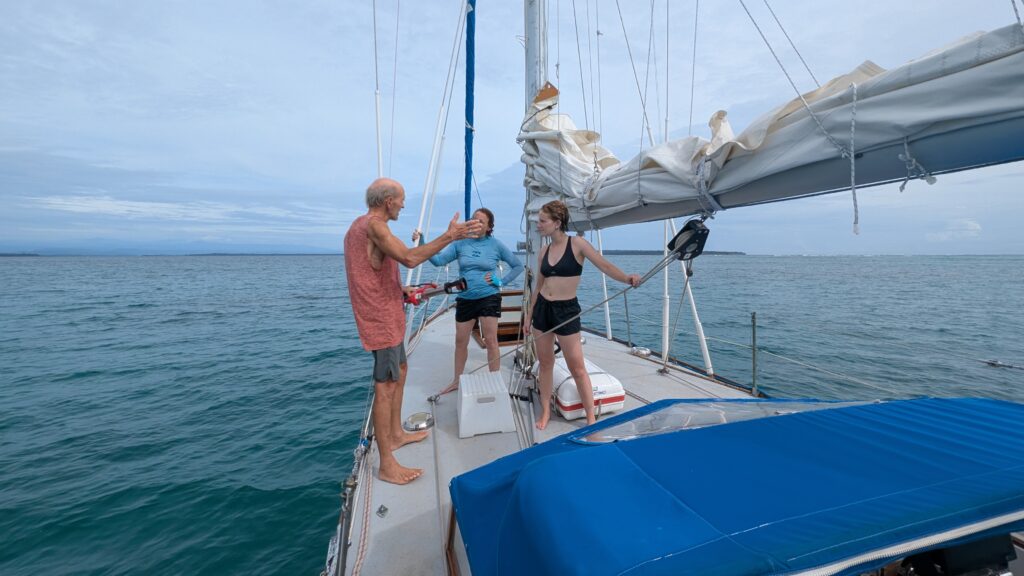During our stay at Isla Bastimentos, one of the most ecologically vibrant islands in Panama’s Caribbean, the crew of SV Oceanolog was treated to a spectacular display of tropical wildlife. Anchoring at Red Frog Marina, nestled within the island’s national marine park, we were immediately immersed in a world teeming with life—on land, in the trees, and in the skies above.
Our exploration began on the lush jungle trails that crisscross the island. The air was heavy with the scent of damp earth and wildflowers, and the canopy buzzed with the energy of the rainforest. It wasn’t long before we had our first encounter—a family of white-faced capuchin monkeys, agile and curious, swinging from branches just overhead. Their expressive eyes followed us from a safe distance, while the younger ones showed off with playful leaps and chatter.
Further along, the slow, deliberate movement of a three-toed sloth caught our attention. Draped lazily over a tree branch, it seemed completely unbothered by our presence. We paused for a while, marveling at this gentle icon of the rainforest, camouflaged perfectly against the mossy bark.
Closer to the forest floor, we discovered the island’s namesake amphibian—the elusive strawberry poison dart frog, more commonly known here as the red frog. Barely the size of a thumb and shockingly bright, these tiny guardians of the jungle were everywhere once we learned how to spot them. Their vivid coloration warns predators of their toxicity—a striking example of nature’s built-in defense systems.
Birdwatching on Bastimentos turned out to be an unexpected highlight. We spotted the brilliant flashes of manakins flitting through the understory with their characteristic quick, darting movements. High in the canopy, the Montezuma oropendola impressed us with its gurgling, bubbling call and its striking yellow tail feathers, swinging gracefully from its hanging nest.
The palette of tropical birds continued to amaze us. We saw the red-rumped tanager, its crimson splash vivid against a backdrop of green. A sharp-eyed roadside hawk kept watch from a high perch, scanning for prey with stoic patience. And the unmistakable call of the great kiskadee—equal parts shriek and melody—became the soundtrack of our mornings.
Every corner of Isla Bastimentos brought a new encounter, a new story of coexistence between nature and the few humans who call this island home. The diversity and richness of life here reminded us of why we sail, why we observe, and why we contribute to the preservation of these irreplaceable ecosystems.
As part of our Sail for Science mission, these moments in nature ground our scientific work in purpose. It’s not just about collecting data—it’s about understanding and protecting the world we sail through. Isla Bastimentos was more than a waypoint on our journey. It was a living classroom, a refuge, and a reminder of the wild beauty that still thrives, when given the space and respect to do so.

